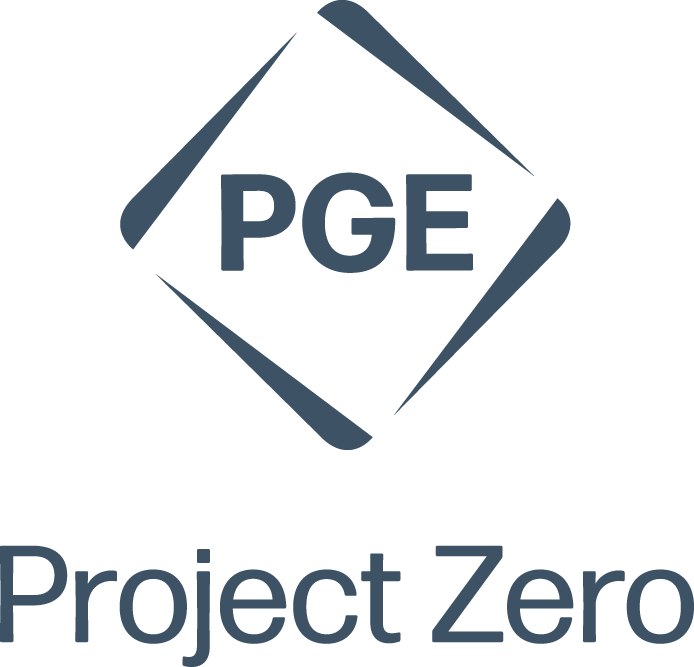| NGSS Science | 2 | Earth's Place in the Universe | 2-ESS2.2 | Crosscutting Concepts: Patterns | Patterns in the natural world can be observed. |
| NGSS Science | 2 | Engineering Design | K-2-ETS1-1 | Science and Engineering Practices: Asking Questions and Defining Problems | Define a simple problem that can be solved through the development of a new or improved object or tool. |
| NGSS Science | 2 | Engineering Design | K-2-ETS1-1 | -- | Ask questions, make observations, and gather information about a situation people want to change to define a simple problem that can be solved through the development of a new or improved object or tool. |
| CCSS ELA-Literacy | 3 | Reading: Informational Text | 3.RI.7 | Integration of Knowledge and Ideas | Use information gained from illustrations (e.g., maps, photographs) and the words in a text to demonstrate understanding of the text (e.g., where, when, why, and how key events occur). |
| Oregon Social Sciences | 3 | Economics | 3.17 | -- | Explain the issue of scarcity to personal, community, regional, and world resources. |
| Oregon Social Sciences | 3 | Social Science Analysis | 3.20 | -- | Identify how people or other living things might be affected by an event, issue, or problem. |
| NGSS Science | 4 | Earth and Human Activity | 4-ESS3 | -- | Obtain and combine information to describe that energy and fuels are derived from natural resources and their uses affect the environment. |
| NGSS Science | 4 | Earth and Human Activity | 4-ESS3.A | Natural Resources | Energy and fuels that humans use are derived from natural sources, and their use affects the environment in multiple ways. Some resources are renewable over time, and others are not. |
| Oregon Social Sciences | 4 | Geography | 4.13 | -- | Describe how technological developments, societal decisions, and personal practices influence Oregon's sustainability (dams, wind turbines, etc.). |

